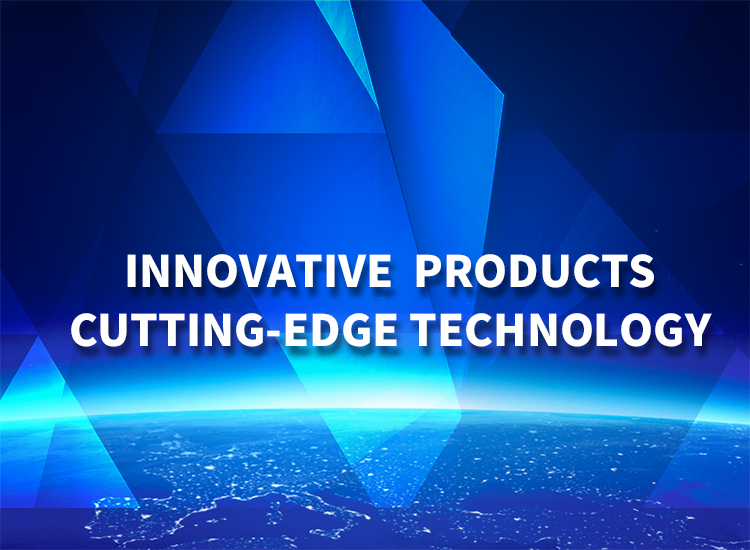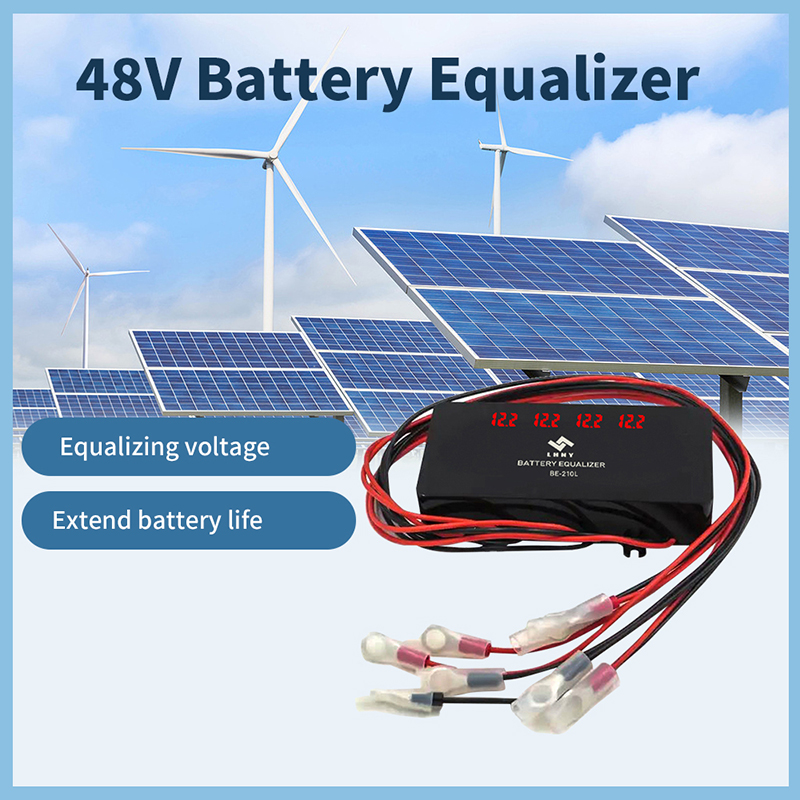Welcome to the website of Hubei Lham Energy Tech Co., Ltd. Our main products are automotive battery accessories and industrial battery maintenance products.
Global Consulting Hotline:0710-3313598


 Technology
TechnologyIn modern energy management systems, battery equalizers play a vital role. It is an electronic protection device designed to prevent the voltage imbalance between the battery cells inside the battery, thereby ensuring the stable operation of the battery and extending its service life. This paper will deeply discuss the function of battery equalizer and its importance in practical application.
First, we need to understand the basic working principle of the battery equalizer. The battery equalizer connects the upper and lower batteries in series, uses inductance to generate a magnetic field, and realizes the reverse flow of current through the diode, so that the voltage difference between the batteries is minimized and the purpose of battery balance is achieved. This equalization process ensures that each cell can be charged and discharged at a similar speed and efficiency, thus avoiding performance degradation and shortened life due to voltage imbalance.
One of the main functions of the battery equalizer is to maintain the power balance between the battery cells inside the battery. When the voltage between cells is unbalanced, the charging and discharging speed of different cells will be different. In this case, one cell may be full while other cells are still being charged, while others may still be undercharged or overcharged. This unbalanced charging and discharging process will cause damage to the battery, resulting in reduced battery capacity and shortened battery life. By monitoring and adjusting the power level of each cell in real time, the battery equalizer ensures that each cell can work in the best condition, thereby extending the overall service life of the battery.

In addition, the battery equalizer also helps to improve the stability and reliability of the battery system. Because battery systems typically contain multiple cells, if one or more cells fail or degrade, the performance of the entire system will be affected. By maintaining the power balance among battery cells, the battery equalizer reduces system instability and risks caused by individual battery cells. This allows the battery system to operate more stably, improving the overall performance and reliability of the system.
In practical applications, battery equalizers are widely used in various scenarios where multiple battery cells need to be managed. For example, in the field of electric vehicles, battery equalizer can ensure that the vehicle can maintain a stable power supply under different road conditions and load conditions, improving the vehicle's driving range and performance. In an energy storage system, a battery equalizer ensures the stable running of the energy storage devices and provides sufficient power when required. In the solar cell system, the battery equalizer helps to optimize the battery charging and discharging process and improve the power generation efficiency and stability of the system.

In addition to the above roles, battery equalizers also help reduce the maintenance costs of battery systems. Because battery equalizers extend battery life and improve system stability, this reduces repair and replacement costs due to battery failure or performance degradation. At the same time, by optimizing the charge and discharge process, the battery equalizer also helps to improve energy efficiency and reduce energy consumption and waste.
Lham Battery Equalizer is an active balancing system developed for many years, which solves the problem of charge and discharge balance of electric forklifts, electric vehicles, electric tractors and other battery packs, effectively extending the battery range and battery life
In summary, battery equalizer plays an important role in maintaining battery system stability, extending service life, improving system performance and reliability, and reducing maintenance costs. With the continuous development of energy management technology, battery equalizer will be applied in more fields, bringing greater convenience and benefits to people's life and work.